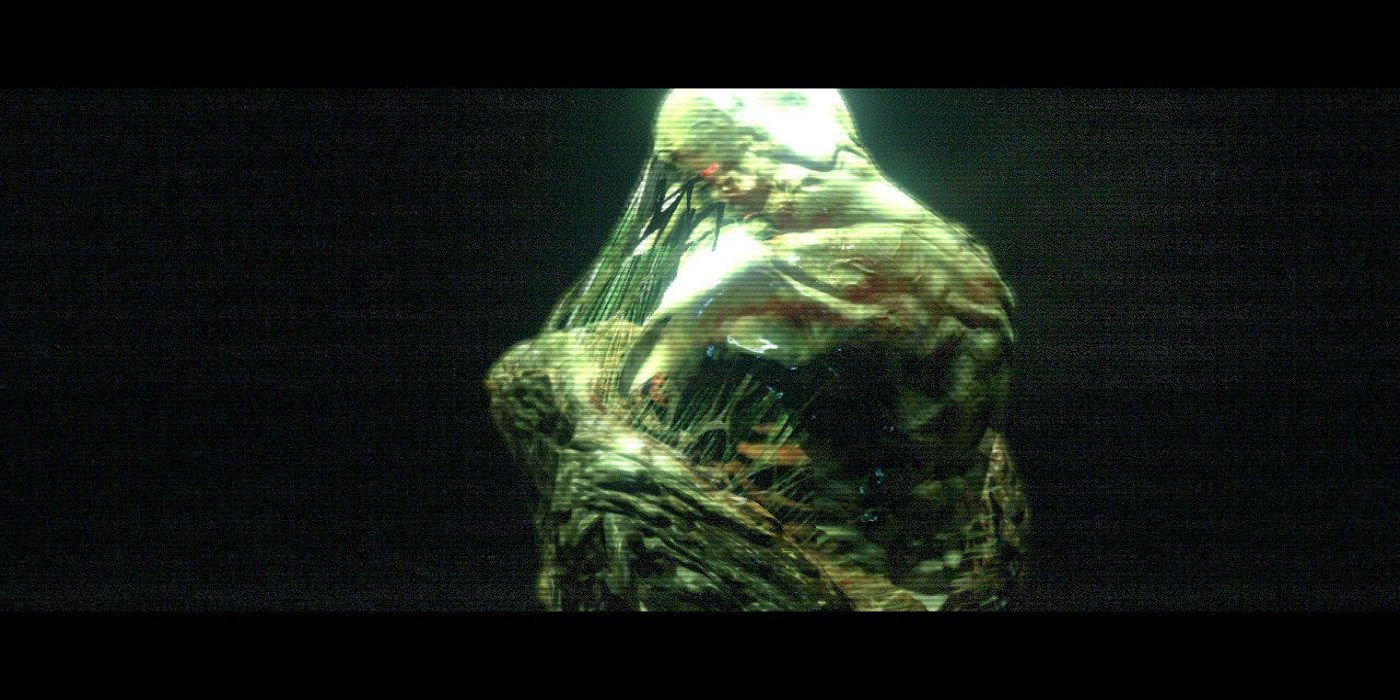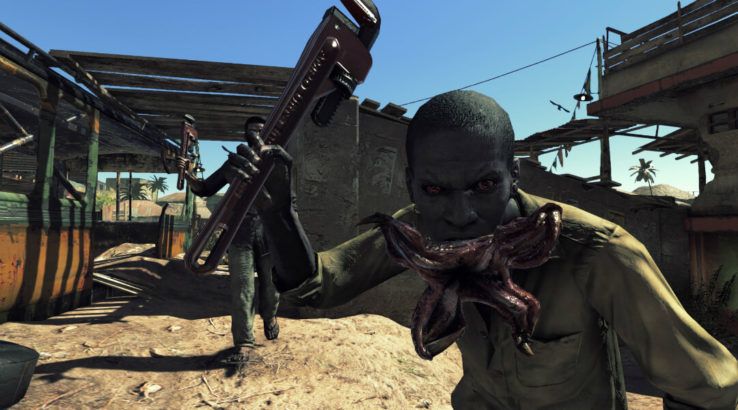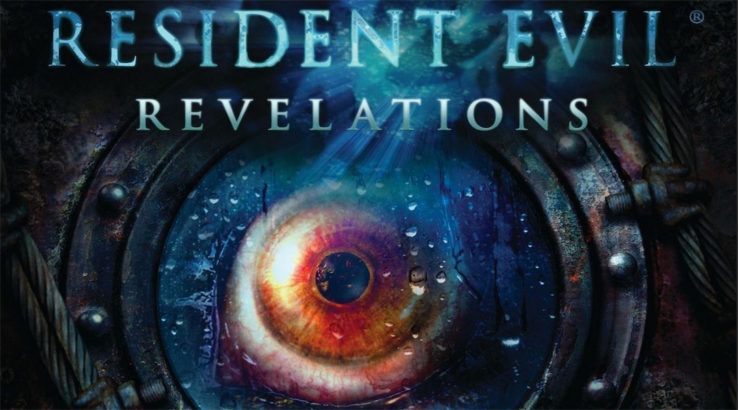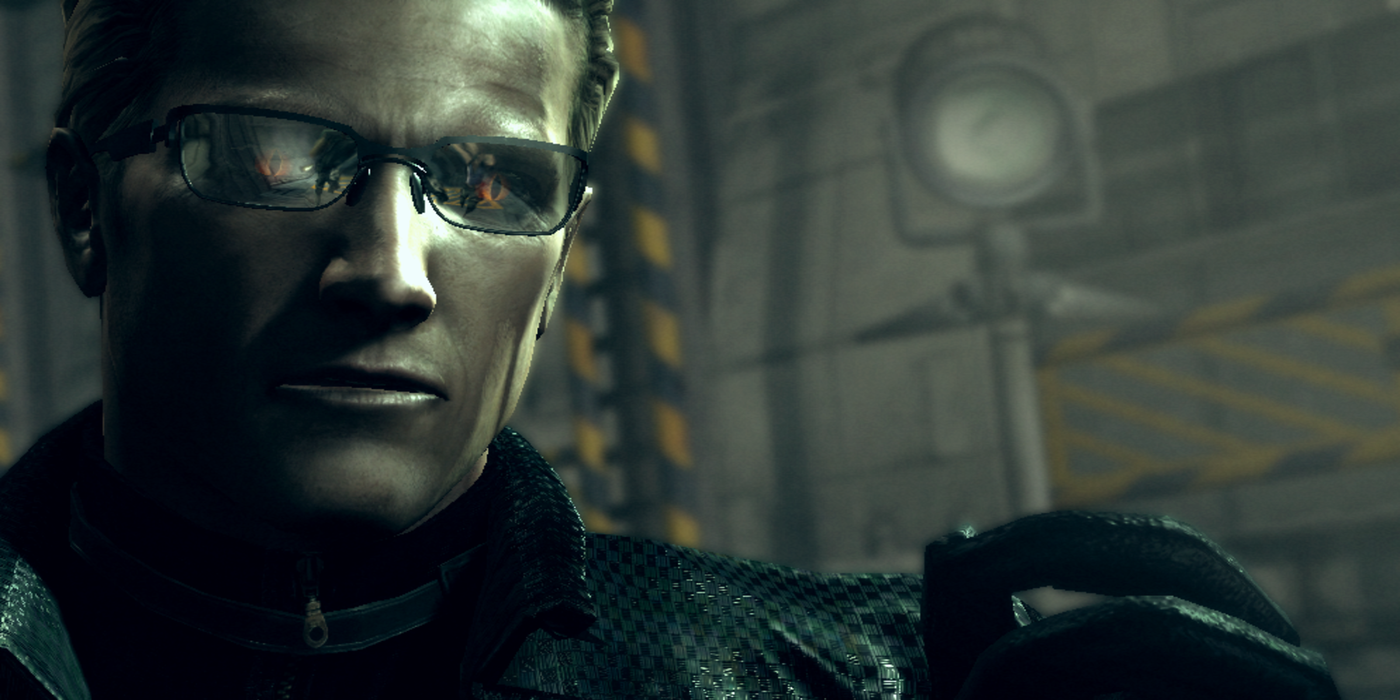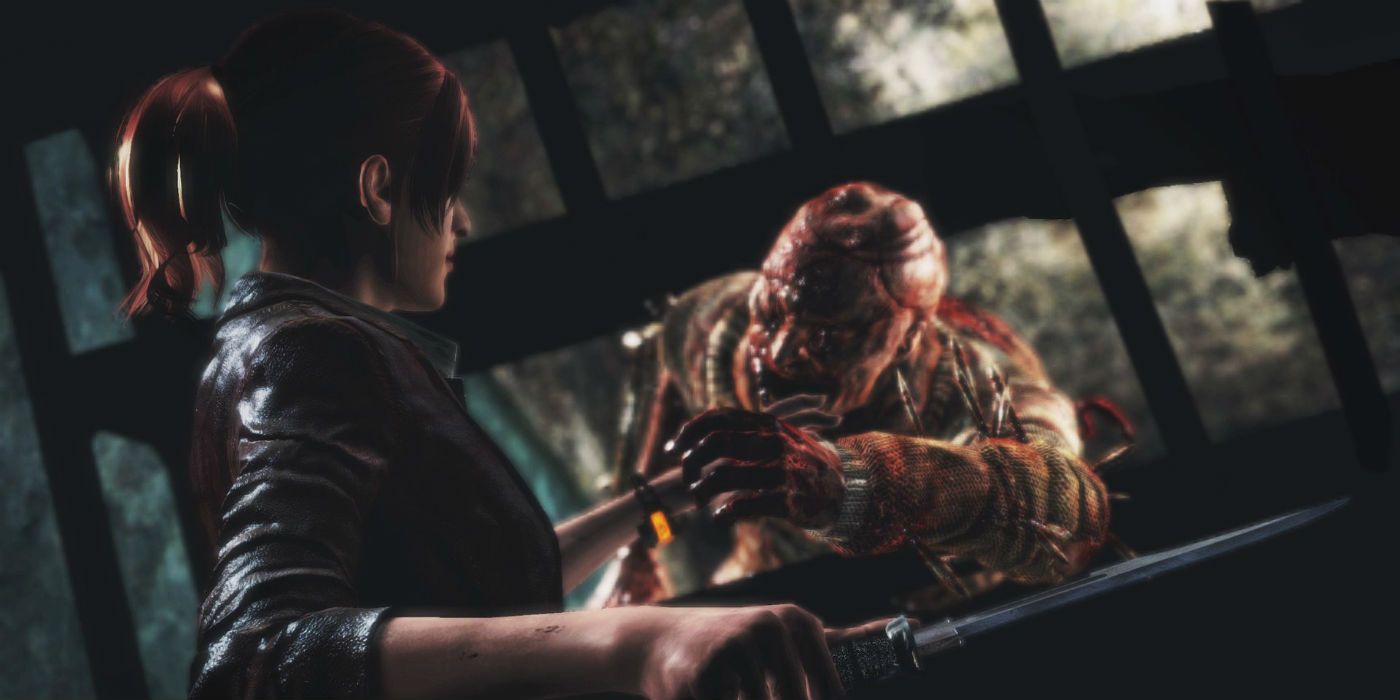Resident Evil's rich universe of infectious monstrosities runs deep. Even for someone who understands the history of Resident Evil viruses and how they expanded after the fall of Umbrella, there is still yet more obscure and lesser known ones.
The viruses presented here play significant roles in Resident Evil's universe, but may not be as well known among fans, or may be confused with previous viruses that have already been included in games. And even here, not every sub-species or oddity among the long list can be covered. The world of Resident Evil is rich, and every monstrosity and experiment has a backstory worth delving into.
Las Plagas Type 2 and Type 3 (Resident Evil 5)
After Wesker delivered a Dominant Plagas sample to the company of Tricell at the end of Resident Evil 4, they used their sample to create Type 2 and Type 3 Plagas, with the help of Wesker. These are the types most commonly encountered in Resident Evil 5 in West Africa and are actually different than the original types seen in Resident Evil 4. Type 2 Plagas were created by combining them with leech DNA. Original Plagas from Resident Evil 4 could only infect a host if they entered their body in the form of an egg, and needed time to develop.
But Type 2 Plagas developed much faster and could be inserted into the host by force-feeding a mature parasite into their mouth, taking only seconds to convert the host to its will. The original Plagas in Resident Evil 4 needed to be willfully accepted by their hosts to become fully subservient to their leadership, which is why the priest in Resident Evil 4 had to convince the villagers to accept the Plagas infections. Hosts infected with Type 2 Plagas could also infect other people against their wills and convert them.
Type 3 Plagas were created by Tricell to become very powerful, allowing hosts to grow up to three meters in size, but due to their obvious mutations, they could not blend in with the population as much. Type 3 was created by combining a strain of the Recessive Plaga (which Wesker also obtained a sample of as well), with a gene of the Dominant Plaga strain.
Tyrant Abyss Virus (Resident Evil Revelations)
At some point, Albert Wesker was able to obtain all of Umbrella's research archives from the corporation's last facility in the Caucasus during their downfall, which he passed on to Tricell. Additionally, Wesker provided Tricell with samples of the T-Virus and T-Veronica virus, which he had obtained in previous games long prior. With samples of the T-Virus, Tricell was able to create the T-Abyss Virus.
They created this by combining the T-Virus with the new Abyss marine virus discovered in an ocean trench east of New Zealand. The Abyss virus was discovered by Montpellier Marine University in a new species of fish which could withstand the pressures of the deep water, thanks to this virus. Tricell took an interest in this virus, merging it with the T-Virus in order to create Bio-Weapons that could withstand high pressure, high heat environments, and survive on less oxygen. This virus can be recalled in Resident Evil Revelations.
Project W and the Prototype Virus (Albert Wesker backstory)
To fully understand the Uroboros Virus that Wesker attempted to destroy the world with in Resident Evil 5, one has to understand its project's connection to Project W and the Prototype Virus. Project W was spearheaded by Dr. Oswell Spencer, one of the three founders of Umbrella who were involved in the original expedition in West Africa to locate the flower responsible for the Progenitor virus, and later on the T-Virus. This project was so secretive, it was not even included on Umbrella's computer database system for internal employees.
In addition to having a keen interest in virology, Dr. Spencer was somewhat of a zealot to his own world-view, as he believed the world was heading towards moral decay. Originally, instead of bioweapons, he wanted to use the Progenitor virus to create super humans. In reality, Bio-Weapons were merely a means of exploiting the war economy so Spencer could obtain the necessary funds to bankroll his other eugenics vision for the world, in creating super humans that would advance the human species and leave behind the weak or average minded.
Since it would definitely be hard to convince people to subscribe to his twisted ideology, including Umbrella leadership, he decided to adopt hundreds of children who could be educated and molded in their upbringing to have the same ideals as him and carry on his plans long after him.
He had children selected based on particular criteria, such as having parents with gifted intelligence. These children were given a top of the line education that money could buy. Thirteen children were selected as the best of the best among these many child prodigies, and were infected with a special virus, known simply as the Prototype Virus. Not much is known about it, but perhaps it was a prototype of the Uroborus Virus.
11 of the children died as a result, but Albert Wesker and Alex Wesker survived. Only Albert survived with super human abilities as a result, while Alex suffered from a degenerative disease in the aftermath of it all.
Albert went on to develop the Uroboros Project to try and carry out a version of Spencer's vision for the world, whereby the Uroboros was intended to kill off most of the world, leaving only brilliant super-humans alive for the human species to advance, even if it meant a smaller population. Alex went on to work on the t-Phobos Project for similar ambitions.
T-Phobos Project (Resident Evil Revelations 2)
Dr. Oswell Spencer originally directed Alex Wesker to create a virus that could make him immortal. Given he was already dead by 2006, Alex changed course on the research and ultimately developed the T-Phobos Virus, nearing completion by 2010.
Unlike previous T-Virus experiments, the T-Phobos Virus infects the mind, and as long as the host does not feel anxiety or fear, it does not transform them into monstrosities. In terms of Spencer's original vision, this virus was created in order to single out mentally strong individuals, to help obtain solid candidates for further Bio-Weaponry development. The T-Phobos virus played a vital role in Resident Evil Revelations 2.
C-Virus and Enhanced C-Virus (Resident Evil 6)
The zombies and creatures in Resident Evil 6 were infected with the C-Virus, even though some may mistake the zombies in Leon's campaign as being T-Virus zombies, and other enemies as being forms of Las Plagas, given the visual similarities and behaviors of the enemies. However, Resident Evil 6's zombies were the result of an entirely new virus.
The C-Virus was created by fusing genes from Umbrella's old T-Veronica and G-Viruses, and it maintains some of the intelligence of hosts who transform. This explains why many of the enemies in Resident Evil 6 could utilize weapons.
In recalling that the T-Veronica virus was partly created from the DNA of queen ants, it may help explain the cocoon phase of transformation among some of Resident Evil's monstrosities, and bug-like appearances. Contrary to some fans assumptions, they have no connection to the Las Plagas parasites from Resident Evil 4-5.
The Family, a network of lodges and a fraternity with lots of influence, was responsible for the creation of the C-Virus. It dates back to the American Revolutionary War, and their ideology is focused on the belief of maintaining global security through dominance at all costs possible.
After Umbrella was shutdown following the Raccoon City incident and the U.S. government back pedaled on bio-weapon research in general, The Family began their own underground research into bio-warfare and secret research in fears that rival powers around the world would take advantage of the situation and threaten America's weakened standing on the issue.
Similar to the T-Virus, the C-Virus is a family of viral strains with different effects. The overall research on this project started in 2001. The Family was able to re-create a sample of the G-Virus by obtaining blood samples from Sherry Birkin, the daughter Umbrella's Dr. William Birkin. Sherry was briefly infected with the G-Virus in Resident Evil 2, before being cured, and its remains still existed in her blood.
The Family was able to obtain a sample of the T-Veronica virus from Manuela Hidalgo, who was infected with it by her father Javier Hidalgo. Hidalgo was a powerful South American warlord who was able to obtain a sample of the virus through back channel dealings with individuals in Umbrella throughout the 1990's, which he used to try and save his ill daughter.
One of the C-Virus strains utilized the splicing of an individuals DNA and fusing it with the C-Virus itself. Therefore, when a host was infected with that version of the C-Virus, they would become a doppelganger of whoever's DNA was originally used. This would explain the look-alike of Ada Wong in Resident Evil 6.
Unlike T-Virus zombies which can transmit the virus through bites, the only means of transmitting the C-Virus are through injection or spraying it into the air in mist-form, where it can temporarily contaminate the surrounding areas. This makes the C-Virus much more controllable than the spread of the T-Virus.
The Enhanced C-Virus, as well as the cure for the C-Virus, was created using samples of Jake Muller's blood, a mercenary stationed in eastern Europe. The Enhanced C-Virus was more potent, and also allowed hosts to skip the cocoon stage of their transformation, taking effect much quicker. Jake Muller's blood allowed these innovations to the C-Virus because he was the long lost son of Albert Wesker. Therefore, Jake had elements of the Prototype Virus in him.
Even More Infections
If one is still thirsty for more backstory and examples of Resident Evil's universe of infectious monstrosities, the list goes on, and it is a long one that is still increasing as more games release. There is a plethora of lore in the games, and even in some of its CGI films, such as the mostly ambiguous A-Virus. There are plenty of unanswered questions that persist as well.
But with Capcom prioritizing remakes of old games in the Resident Evil series, and the development of new ones as well, including Resident Evil 8, plenty of answers will hopefully present themselves, but just as many new questions will arise in regards to the mysteries in this universe.




